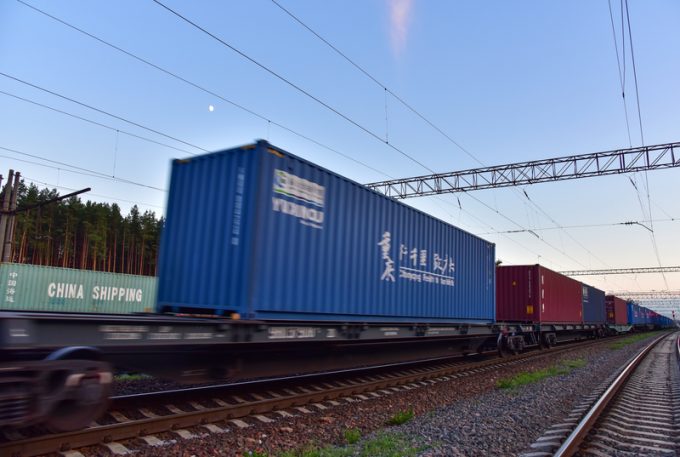Vedat Serbet returns to Hellmann to develop European rail freight offering
Hellmann Worldwide Logistics has appointed former Dachser executive Vedat Serbet (above) to the new position ...

Demand for China-Europe rail freight has dipped over the past two weeks, a knock-on effect from China’s Golden Week holiday and the power shortages impacting factory production.
Nevertheless, congestion in Poland, as well as Covid cases at Khorgos, the key boarder crossing and transhipment point in Kazakhstan, means there are still long delays, according to Chengdu-based New Silk Road Intermodal (NSR).
Jacky Yan, the forwarder’s founder and CEO, told The Loadstar: “New cases in Khorgos City have led to the temporary closure ...
Outlook for container shipping 'more uncertain now than at the onset of Covid'
Teamsters union vows UPS will be 'in for a hell of a fight' over jobs cull
Shippers warned: don't under-value US exports to avoid tariffs – 'CBP will catch you'
Cancelled voyages take the sting out of spot rate declines this week
New Houthi warning to shipping as rebel group targets specific companies
K+N CEO unveils impact of US import tariffs on China-origin goods
Blanked sailings in response to falling demand 'just a stop-gap solution'
More pressure on transpacific rates as carriers bet on a China-US trade deal

Comment on this article